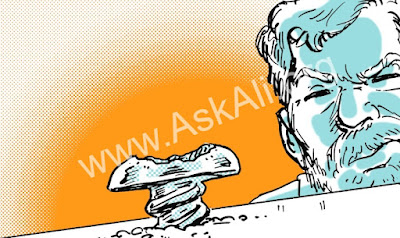Stripped screws can be a major headache, causing frustration and delays in your DIY projects. Fortunately, there are several effective methods to tackle this problem. In this comprehensive guide, we'll walk you through each step, providing detailed instructions and tips to help you successfully remove that stubborn stripped screw.
Step 1: Assess the Screw and Gather Your Tools
Before diving into the removal process, take a close look at the stripped screw. Determine its size and condition. Once you have a clear understanding of the screw's condition, gather the following tools:
- A different size or style of screwdriver
- A rubber band
- Duct tape
- Pliers
- A hammer
- An abrasive, such as sandpaper
- A flathead screwdriver
- A nut and a wrench
Step 2: Try a Different Screwdriver
Begin by attempting to remove the stripped screw with a different size or style of screwdriver. Sometimes, a screwdriver with a better fit can provide more grip on the damaged screw head. Apply firm and steady pressure while turning counterclockwise.
Step 3: Utilize a Rubber Band
If the screw remains stubborn, the rubber band trick can be a game-changer. Place a rubber band over the stripped screw's head and press down firmly with your screwdriver. The rubber band fills the gap between the screwdriver and the screw, allowing it to catch and turn more effectively.
Step 4: Add Extra Friction with Duct Tape
Wrap a layer of duct tape around the screwdriver's tip, sticky side out. This added friction can help the screwdriver grip the stripped screw better. Apply pressure and turn the screwdriver counterclockwise.
Step 5: Pinch the Sides of the Screw
Use pliers to gently pinch the sides of the stripped screw. This action can create new grooves for your screwdriver to catch onto. Once you have made these modifications, attempt to turn the screw counterclockwise again.
Step 6: Apply Some Force with a Hammer
If the screw is soft, you can try tapping the screwdriver lightly with a hammer. This can create a new slot in the screw for the screwdriver to engage with. Make sure not to use excessive force, as this could damage the surrounding material.
Step 7: Use an Abrasive for Added Friction
If the screw is still refusing to budge, apply an abrasive like sandpaper to the screwdriver's tip. This rough surface will enhance the grip and make it easier to turn the screw counterclockwise.
Step 8: Cut a New Slot with a Flathead Screwdriver
For screws with a flat head, consider cutting a new slot using a flathead screwdriver and a hacksaw or rotary tool. This creates a fresh surface for your screwdriver to grip. Be cautious and work slowly to avoid damaging the surrounding material.
Step 9: Attach a Nut for Added Leverage
In cases where the screw remains immovable, try attaching a nut to the stripped screw. Use a wrench to hold the nut in place and then turn the nut counterclockwise. The added leverage can often provide the extra force needed to remove the stubborn screw.
Step 10: Be Patient and Persistent
Removing a stripped screw can be a time-consuming process, so be patient and persistent. Apply the methods mentioned above as needed and continue trying until the screw finally comes out.
By following these step-by-step instructions and employing various techniques, you'll significantly improve your chances of successfully removing that pesky stripped screw. Remember, with the right approach and tools, even the toughest screws can be conquered.










Comments
Post a Comment